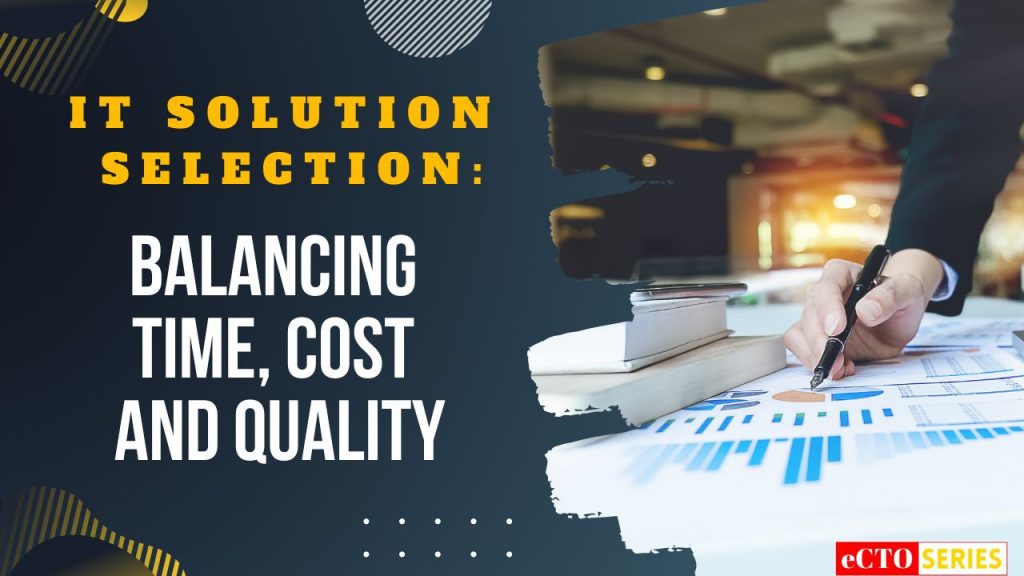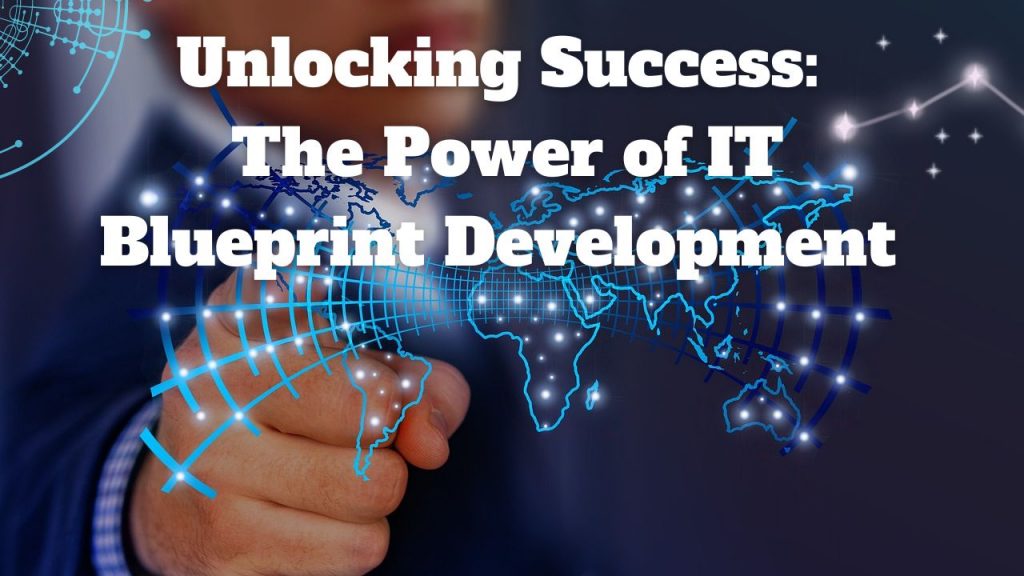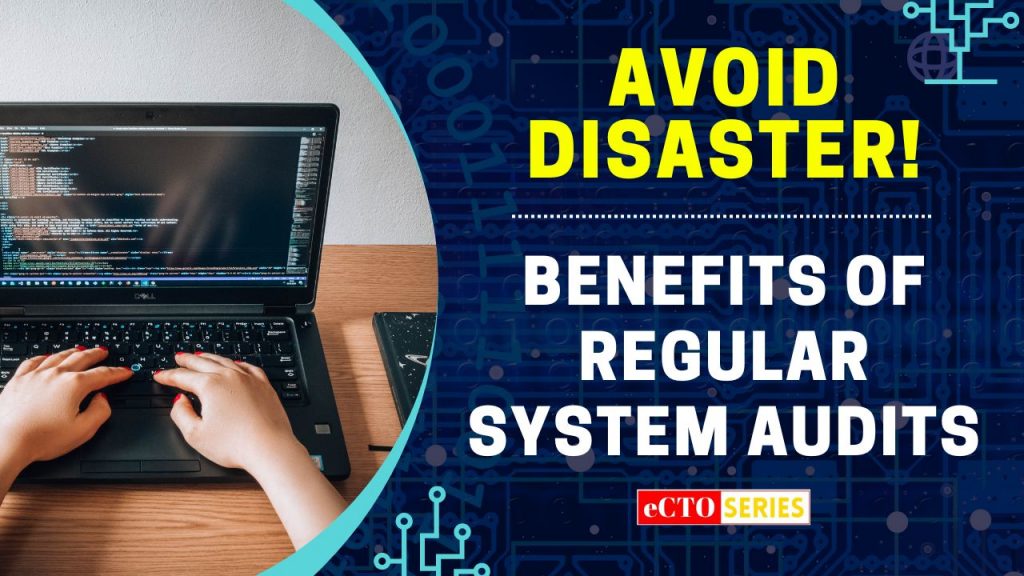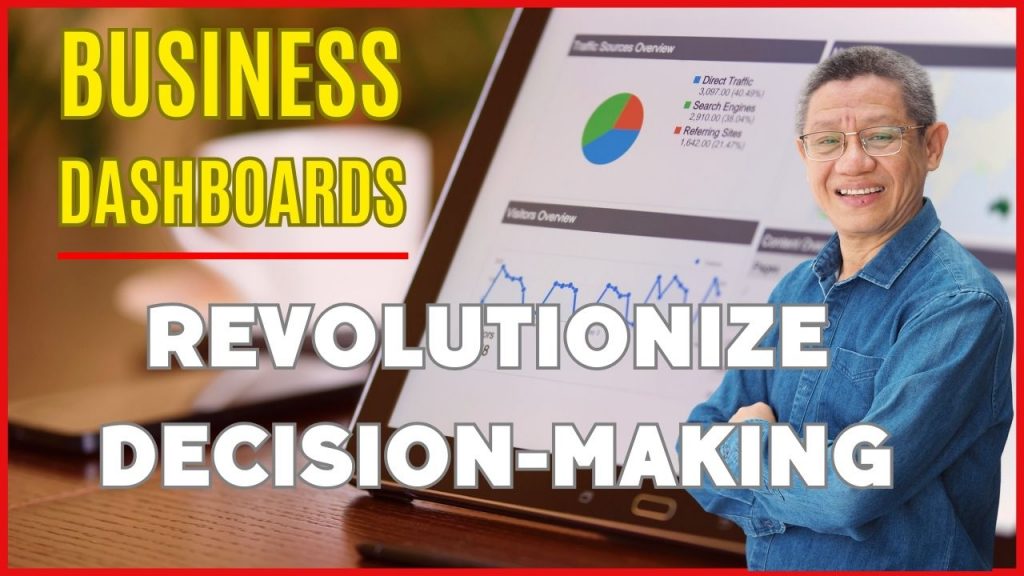Tips: IT Solution Selection: Balancing Between Time, Cost, and Quality

In a world reliant on technology, selecting the ideal IT solution is paramount for businesses striving to stay competitive. However, the process demands meticulous attention to the interplay between time, cost, and quality.
Significance of IT Solutions
IT solutions underpin modern enterprises, offering tools and services to address business challenges. Choosing the right solution requires a strategic approach to realize their transformative potential.
Factors Influencing IT Solution Selection
1. Understanding Specific Business Needs
Tailoring solutions to unique requirements is essential. This involves collaboration with stakeholders to identify pain points and objectives.
2. Scalability and Future-Proofing
Choosing solutions that can evolve with the business is vital. The ability to handle growth and future demands minimizes disruptions.
3. Integration Capabilities
Solutions should seamlessly integrate with existing systems to ensure data flow and process continuity.
4. Vendor Reputation and Support
Opting for reputable vendors with a history of delivering quality solutions and support is fundamental.
The Time Factor in IT Solution Selection
1. Time-to-Implementation: Rapid Integration
Efficient implementation is crucial to derive quick benefits from the chosen solution.
2. Minimizing Disruptions
Reducing disruptions during implementation ensures minimal impact on ongoing operations.
The Cost Component
1. Initial Investment vs. Long-Term Benefits
Balancing upfront costs with long-term gains is essential for sustainable ROI.
2. Unveiling Hidden Costs
Accounting for hidden expenses, such as maintenance and training, provides a more accurate cost assessment.
Quality: Foundation of IT Solutions
1. Reliability and Optimal Performance
Reliable performance is non-negotiable, as downtime can lead to productivity loss and damage reputation.
2. Ensuring Security and Data Privacy
Robust security measures protect sensitive data and maintain customer trust.
Striking the Balance: Step-by-Step Approach
Step 1: Needs Assessment: Pinpointing Gaps
Identifying pain points and specific needs forms the foundation of the selection process.
Step 2: Research and Shortlisting: Finding Potential Solutions
Thorough research narrows down potential solutions that align with the identified needs.
Step 3: Proof of Concept: Testing Viability
Conducting a proof of concept validates the solution’s effectiveness in addressing challenges.
Step 5: Cost-Benefit Analysis: Weighing Pros and Cons
A detailed analysis compares the costs against the anticipated benefits.
Step 6: User Experience and Feedback: Real-World Insights
User input and feedback provide valuable insights into the solution’s practicality and effectiveness.
Decision Time: Making the Final Choice
After an exhaustive evaluation process, the time comes to make the crucial decision. This phase involves synthesizing all gathered information, analysis, and feedback to arrive at the optimal IT solution. While considering the balance between time, cost, and quality, decision-makers must align the chosen solution with the organization’s long-term goals.
Factors such as potential for growth, scalability, user-friendliness, and adaptability should play a pivotal role in the final decision. It’s essential to involve all relevant stakeholders in this phase to ensure a comprehensive perspective. Once the choice is made, the organization can move forward with confidence, knowing that the selected IT solution has the potential to drive positive changes.
Implementation and Integration
With the decision made, the focus shifts to the implementation of the chosen IT solution. This phase involves careful planning, coordination, and execution to ensure a smooth transition. Implementation encompasses tasks such as system configuration, data migration, and employee training.
Effective implementation requires collaboration between the organization’s IT team, the solution provider, and end-users. Clear communication and well-defined timelines are essential to minimize disruptions and ensure a successful rollout. Rigorous testing should be conducted to identify and address any potential issues before the solution goes live.
Monitoring and Adaptation
The implementation of the IT solution marks the beginning of a new phase—monitoring and adaptation. Continuous monitoring allows organizations to track the performance of the solution in real-world scenarios. This phase involves analyzing key performance indicators (KPIs), user feedback, and any emerging challenges.
Adaptation is a dynamic process that involves responding to changing circumstances. Feedback from users might highlight areas that require improvement or modification. Additionally, as the business landscape evolves, the chosen solution should be flexible enough to accommodate new requirements.
Regular updates, patches, and enhancements ensure that the IT solution remains relevant and effective over time. By staying attuned to user needs and industry trends, organizations can make informed decisions about when and how to adapt the solution to ensure its continued success.
Conclusion
Selecting the right IT solution demands a calculated approach. By understanding business needs, evaluating costs, and prioritizing quality, organizations can navigate the intricate selection process successfully. Remember, the goal isn’t just finding the right solution; it’s finding the right solution for your business.
Moreover, in this era of technological advancements, businesses have the advantage of seeking expert guidance to streamline their IT solution selection process. Enlisting the help of a Virtual Chief Technology Officer (CTO) service can prove invaluable. A Virtual CTO brings a wealth of experience and expertise to the table, offering strategic insights and unbiased recommendations.
A Virtual CTO can conduct a comprehensive assessment of your business’s IT needs, aligning them with long-term goals and growth strategies. They can evaluate potential solutions, taking into account factors such as scalability, integration, and security. Their input can significantly simplify the decision-making process, ensuring that the chosen IT solution not only meets immediate needs but also sets the stage for future success.
In addition, a Virtual CTO can guide your organization through implementation, ensuring a seamless transition and minimizing disruptions. Their ongoing monitoring and adaptation strategies can help your business stay agile in a rapidly changing technological landscape.
By collaborating with a Virtual CTO service, businesses can confidently navigate the complex terrain of IT solution selection, ultimately optimizing their operations, maximizing their ROI, and positioning themselves for continued growth. Talk to us TODAY.
Take Action NOW!
Unleash the full potential of your business with our game-changing eCTO services at https://www.ilearnfromcloud.com/shop/cto.
Discover the transformative capabilities of our e-CTO and how it can effectively support your IT company‘s growth. Learn more: https://bit.ly/IT_Partner
Discover How Our e-CTO (Virtual CTO) Drives Explosive SME Business Growth | Learn More: https://bit.ly/CTO-for-SME







